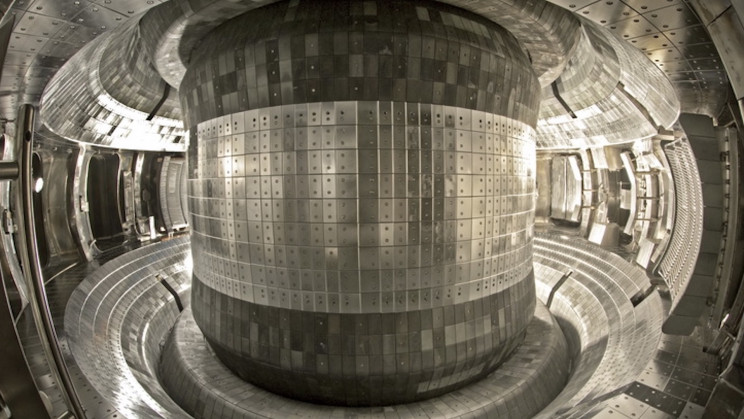The achievement lays a solid experimental foundation towards the creation of limitless energy.
Ready to have your mind blown? According to a report from Xinhua, China’s “artificial sun,” a nuclear fusion tokamak reactor that has the potential to produce practically endless quantities of emission-free energy, established a new record on Thursday by operating at a high-plasma temperature for 1,056 seconds.
The tokamak reactor is referred to as EAST, which is an acronym that stands for “Experimental Advanced Superconducting Tokamak”. It is situated in Hefei, China, and it just set a new world record by running for 101 seconds at a temperature of 216 million degrees Fahrenheit (120 million degrees Celsius).
Now THAT is HOT.
EAST is one of several global tokamak fusion experiments meant to imitate the sun and stars. Fusion occurs when two atoms collide to produce a heavier nucleus. When this happens, huge quantities of energy are released. Several high-profile fusion projects are attempting to harness this power that is released to remove the world’s dependency on fossil fuels.
According to CGTN, the EAST experiment has achieved a number of significant milestones on the path to commercially feasible nuclear fusion. These include attaining a one-million-ampere current and creating a one-hundred-million-degree temperature for a length of 1,000 seconds. Currently, the EAST engineers are tasked with meeting these two objectives at the same time.
The World is Watching The Fusion Race, But It Still Needs Work
To make fusion work, scientists must create more energy than fusion reactors use. Creating more energy than being used hasn’t been feasible yet (some Nikola Tesla theorists will debate that with you for days), but recent scientific advances are bringing the scientific community closer to this goal.
Commonwealth Fusion Systems is another example of a technology being developed to create more energy than it uses. They stated in September that they had successfully tested a magnet that could operate at 20 teslas of magnetic strength while requiring just 30 watts of electricity.
These kinds of advancements will enable the scientific community to steadily increase the efficiency of these “artificial suns,” lowering the enormous amount of energy necessary to operate them in the first place.
Scientists may be able to soon unleash net-fusion energy on the planet soon as a result of their efforts, eventually leading to a world free from fossil fuels. Imagine that.
Source: themindunleashed.com





